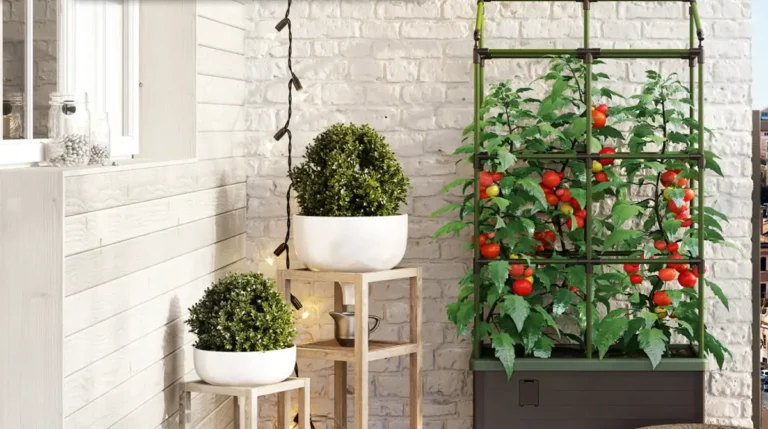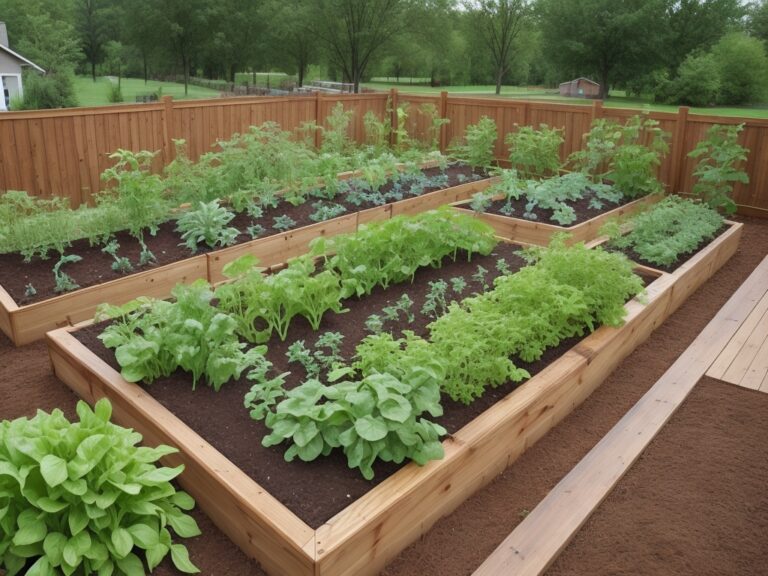Home Gardens
As cities grow denser, urban home gardening will likely play an essential role in creating sustainable, self-sufficient communities. Initiatives like vertical farms, hydroponic setups, and edible landscaping are pushing the boundaries of what’s possible in urban spaces.
Home Garden Ideas
In the heart of many cities, where the skyline and traffic hums incessantly, a growing trend offers a refreshing escape: city home gardens. These green sanctuaries, tucked away on rooftops, balconies, and small urban plots, are transforming the concrete jungle into a verdant paradise. But what exactly makes city home gardens so appealing, and how can you start one of your own?
Why City Home Gardens Matter
- Environmental Benefits:
- Urban gardens help improve air quality by absorbing carbon dioxide and releasing oxygen. They also reduce the urban heat island effect, making cities cooler and more livable.
- They provide habitats for pollinators like bees and butterflies, which are crucial for biodiversity.
- Health and Well-being:
- Gardening is a proven stress reliever, promoting mental health and reducing anxiety.
- Freshly grown fruits, vegetables, and herbs offer a nutrient-rich addition to your diet, ensuring you consume chemical-free produce.
- Sustainability:
- Growing your own food reduces dependency on long supply chains, cutting down on carbon emissions from transportation.
- Composting kitchen waste to fertilize your garden helps minimize household waste.
- Community Building:
- Shared gardens in neighborhoods or apartment complexes foster community interaction and collaboration.
- They encourage knowledge sharing and create a sense of belonging among urban dwellers.
Starting Your City Home Garden
- Assess Your Space:
- Whether it’s a sunny windowsill, a compact balcony, or a rooftop, almost any space can be converted into a garden. Measure the area and note the amount of sunlight it receives daily.
- Choose Your Plants:
- Opt for plants that thrive in your climate and available space. Herbs like basil, mint, and cilantro grow well in small containers. For larger spaces, consider tomatoes, peppers, and leafy greens.
- Invest in Containers and Soil:
- Use pots, recycled containers, or vertical gardening setups to maximize limited space. Ensure proper drainage and fill them with nutrient-rich soil or compost.
- Plan for Watering:
- Urban gardens often require innovative watering solutions. Drip irrigation systems, self-watering pots, or rainwater collection systems can be effective.
- Incorporate Green Technology:
- Smart gardening tools, such as sensors to monitor soil moisture and automated watering systems, can simplify maintenance.
- Decorate Your Space:
- Add a personal touch with decorative planters, fairy lights, or trellises. Your garden should be as aesthetically pleasing as it is functional.
Overcoming Common Challenges
- Limited Space: Vertical gardening, hanging pots, and stacking planters can maximize your growing area.
- Lack of Sunlight: Use grow lights to supplement natural light for plants in shady areas.
- Pests and Pollution: Use organic pest control methods and cover plants with netting to protect them from pollution and insects.
Inspirational Success Stories
From a small balcony bursting with vibrant herbs to entire rooftops transformed into lush vegetable gardens, city dwellers worldwide are embracing this trend. For instance, community gardens in New York City’s Harlem neighborhood have become hubs for local produce and education, while Singapore’s rooftop farms contribute significantly to the city’s food supply.
The Future of Urban Gardening
City home gardens are more than just a hobby; they’re a movement towards greener, healthier, and more connected urban living. So why not take the plunge? Start small, experiment, and watch your urban oasis bloom.


